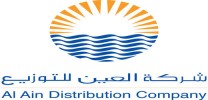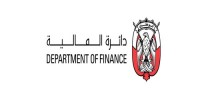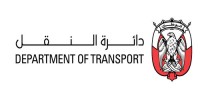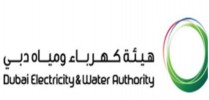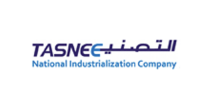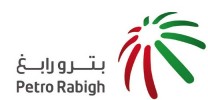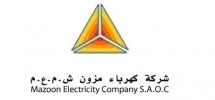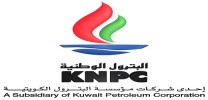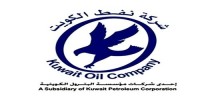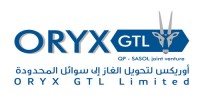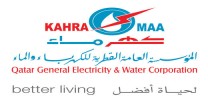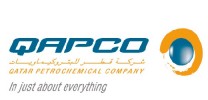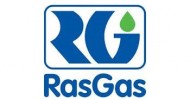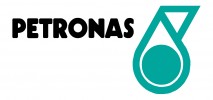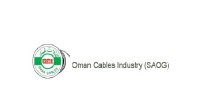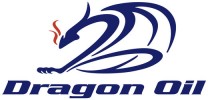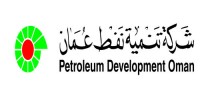
Electrical Safety and Hazardous Area Classification in the Petrochemical Industry
Course Introduction:
The dust and fumes put into air by much industrial process create an environment which is classified as electrically hazardous. Processing plants in petrochemicals and oil & gas field’s requirements for the selection of electrical equipment to suit the area classification. The course provide essential information on the main principles of hazardous areas , risks, ignition properties, the different types of protection for electrical apparatus in flammable atmospheres, the essentials of installation requirements, equipment certification, and information on the different types of protection for hazardous area electrical apparatus (ex d, e, ia/ib, p, n, etc.). The different requirements of iec stander 60079-…. The application of selected equipment in different hazardous area.
Course Objectives:
The course provide essential information on the main principles of hazardous areas , risks, ignition properties, the different types of protection for electrical apparatus in flammable atmospheres, the essentials of installation requirements, equipment certification, and information on the different types of protection for hazardous area electrical apparatus (ex d, e, ia/ib, p, n, etc.).
Ø improve plant safety , reduce hazardous on equipments and capital assest, extend the life time of equipments
Ø reduce spares usage and requirements
Ø Reduce plant down time, increase availability and reliability of plant electrical equipments
Ø Reduce risk on personals as well as on plant equipment
Ø Secure plant production and prevent shut downs and loss of equipment
Who Should Attend?
The course is designated for maintenance engineers & operation supervisors and technician whom engaged in oil and gas fields and petrochemical industrial.
- technicians, engineers and safety, all other discipline which works in oil and gas fields
- plant engineers, project, instrument and control engineers
- instrument technicians
- process control engineers
- maintenance personnel contractors service technicians
- electrical maintenance technicians and supervisors
Course Outline:
DAY ONE
- Principles of combustion fire triangle & defination of hazardous
- Application of iec/cenelec/european
- Equipment to hazardous locations international, european and north American
- Terminology for hazardous locations
Major standards organizations
- International electro technical commission (iec) 60079.
- European electro technical standards committee (cenelec)
- Under waters laboratories (ul)
- Factory mutual research corporation (fm) similar terms and definitions
- List of international and european standards converting north american hazardous location
- Designations to the equivalent international/ european terms
- Class versus group
- Division versus zone
- Group versus subgroups
- Temperature classes
Supported by
- Learning video
- Open &cross discussion and class problems
- Preassment
DAY TWO
- Determining requirements for installation of european equipment in hazardous location applications intrinsic safety selection of equipment relative to area classification allowable capacitance and inductance in the intrinsically safe loop increased safety
- Hermetically sealed explosion proof (flameproof)
- Philosophy regarding completeness of enclosures
- Selection of equipment relative to area classification
- Wiring techniques
- Pressurization (purging)
- Philosophical difference in approach
- Wiring techniques
- Continuous dilution
- Oil immersion
- Atmosphere protection
- Type of protection
- Group classification
- Subgroup classification - group ii
- Temperature class
Supported by
- Learning video
- Open class discussion
- Class problems
- Case study through video
DAY THREE
- Classification of and Protection for hazardous locations
- Principles of combustion fire triangle
- Flammable and combustible liquids
- Ignition temperature
- Explosive range
- Potential ignition sources in a hazardous
- Location arcs and sparks
- Hot surfaces
- Hazardous location classification system factors used to determine the classification of specific location classifications class i
- Hazardous location & area classification
- Groups
- Divisions
- Class i, division i
- Class i, division 2
- Differences between class i, class ii, and class iii
- Hazardous locations protection methods for electrical equipment
- Fundamental protection philosophy
- Confining the explosion
- Isolation energy limitation
- Electric code involves & the properties of flammable materials
Supported by
- Learning video
- Open class discussion
- Class problems
- Case study
DAY FOUR
- Equipment specifications for hazardous locations
- Determining general requirements for selecting and installing electrical equipment in hazardous locations class i locations environmental protection determining requirements for selecting and installing.
- Methods of protection
- Transformers and capacitors in hazardous locations
- Class i, division 1 requirements
- Class i, division 2 requirements
- Determining requirements for selecting and installing meters, instruments, and relays in hazardous locations
- Class i, division 1 requirements
- Class i, division 2 requirements
- Determining requirements for selecting and installing wiring in hazardous locations
- class i, division 1 requirements
- Class i, division 2 requirements
- Determining sealing and draining requirements for electrical
- Equipment and wiring installed in hazardous locations
- Conduit seals
- Class i, division 1 sealing requirements
- Class i, division 2 sealing requirements
- Cable seals
- Drainage
Supported by
- Learning video
- Open class discussion
DAY FIVE
- Factors that affect the locations of
- Equipment in hazardous locations
- Effect of location on equipment
- Operation effect of location on installation cost
- Selecting enclosures to prevent an
- External ignition/explosion explosion proof hermetically sealed factory sealed selecting energy limitation techniques to prevent external ignition/explosion
- Intrinsic safety
- System concept
- Key evaluation factors
- Determining suitability
- Installation
- Non-incentive circuits
- Selecting isolation techniques to prevent external ignition/explosion
- Purging/pressurization
- Purging/pressurization for class i locations
- Pressurization for class ii locations
- Application information for
- Purged/pressurized enclosures
- Oil immersion
- Earthing in hazardous areas
- Ignition/explosion
- Maintenance of hazardous area equipments. (inspection , maintenance & testing)
Supported by
- Learning video
- Open class discussion
- Case study & learning video
Course Methodology:
A variety of methodologies will be used during the course that includes:
· (30%) Based on Case Studies
· (30%) Techniques
· (30%) Role Play
· (10%) Concepts
· Pre-test and Post-test
· Variety of Learning Methods
· Lectures
· Case Studies and Self Questionaires
· Group Work
· Discussion
· Presentation
Course Fees:
This rate includes participant’s manual, Hand-Outs, buffet lunch, coffee/tea on arrival, morning & afternoon of each day.
Course Timings:
Daily Course Timings:
08:00 - 08:20 Morning Coffee / Tea
08:20 - 10:00 First Session
10:00 - 10:20 Coffee / Tea / Snacks
10:20 - 12:20 Second Session
12:20 - 13:30 Lunch Break & Prayer Break
13:30 - 15:00 Last Session





.jpg)
























